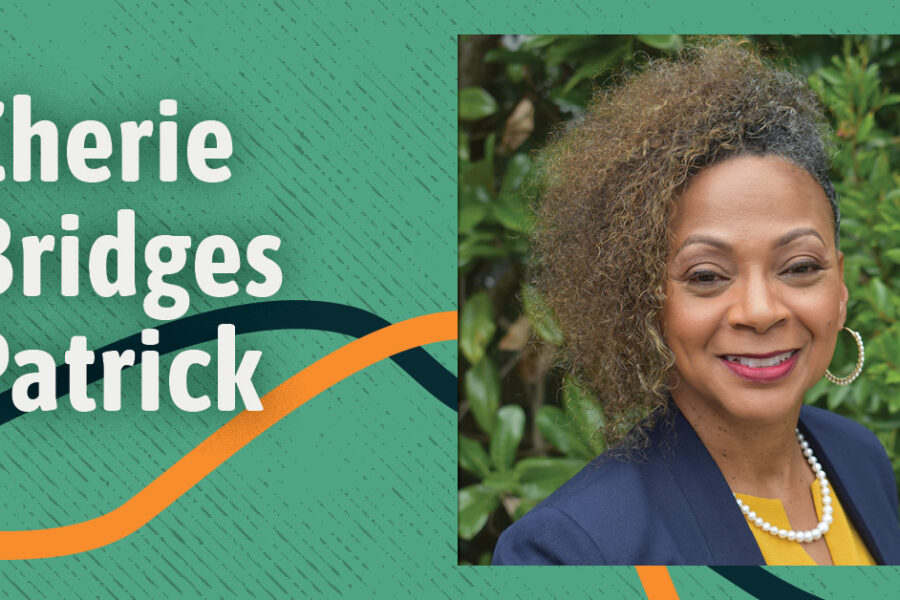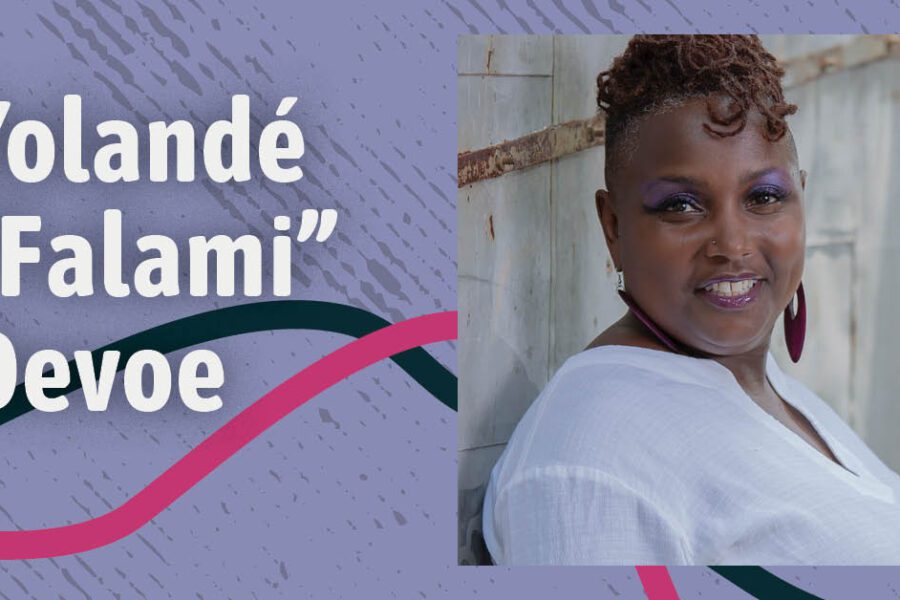“So many of us don’t get appropriate sex education,” says Jack Duroc-Danner, an activist working to help non-autistic individuals to be more aware of the differences and needs of gender diverse and autistic individuals. “It’s also about being mindful about language,” says Duroc-Danner. Appropriate sex education is a key part of the work that needs to happen for our society to reach a place where autistic and disabled people are recognized for who they are, not who they aren’t. The good news is that Duroc-Danner is working hard to augment sexual education for those who are not on the spectrum such as teachers and therapists so they will be able to help their clients receive the correct attention, assistance, and support.
This work extends beyond just trainings for teachers and therapists, however—because it’s ultimately a larger system that creates therapists with such gaps in their training in the first place. Says Duroc-Danner, who is themself an alum of Antioch Seattle’s MA in Education, “Graduate schools need to incorporate education on both human sexuality and autism/neurodiversity that is interwoven throughout the program.” As much as autism advocates/activists and sex educators are aware of these divides and try to provide trainings to fill in the gaps in education, true change won’t happen until there is institutional change. This is why for the past four years, Duroc-Danner has been providing this work: to build a future with more inclusivity and spaces for bodies of all kinds.
Developing a Passion and a Teaching Style
As a trans, queer, and autistic person, Duroc-Danner has chosen to be an autism advocate as well as an educator. Ultimately, this all comes from a passion for making pathways for the future viability of intersectional identities.
They first started their path as an educator about five years ago. They had moved to Seattle and were happy to find a support group called the Square Pegs that was run by Autistics for Autistics. They then started running an LGBTQIA2+ support group themself. Through these experiences, they began talking more about their experience as a trans, queer, and autistic individual.
Soon they started working with a local sex educator, Tina Sellars, who was interested in having them come in and speak at an advanced sexuality class. They did this work for several years, developing a real passion for teaching sex ed and helping to open students’ eyes.
This led them to make the decision to go to Antioch and become fully immersed in the work. Duroc-Danner chose Antioch because they felt that this was an institution where their learning disabilities would actually be respected. Antioch also had a program that would allow them to focus on the population they wanted to focus on: adults.
As a student, Duroc-Danner began developing their own teaching style. For them, teaching is all about making intersectional connections between autism and other social locations. They teach from a “trauma-informed intersection, feminist disability justice framework,” they explain. “Because so often, even within sex education or sex therapy, there can be this emphasis on mechanics and performance.” This, they know from their own experiences and those of others, is not an effective or welcoming way to understand human sexuality. Instead, they say, “I really want to see a shift towards developing sensory language, developing the ability to communicate what you want to need.”
For therapists, sex ed teachers, and really everyone, this approach needs to include having more conversations around trauma, harm, and abuse. The system cuts many of these conversations out of the framework of people’s pasts, they say, and too often it instead puts them in prison. “It hasn’t worked,” says Duroc-Danner. “It doesn’t work.”
Changing the system from the foundation includes teaching the next generation about consent, justice, and community. “It already hurts marginalized people and we’re not really learning how to deal with conflict,” they explain. “We’re just learning how to punish people.”
Redefining Terms—and The Need for More Education
A major part of Duroc-Danner’s work is clearing up misunderstandings of autism. This starts with the common assumption that autism is a disability. Duroc-Danner explains that autism should be seen as a difference, not a disability.
“We also don’t assume that neurological and behavioral differences are always problems,” they say. They bring up the example of introversion. “There’s nothing inherently wrong with disliking social activities,” says Duroc-Danner. “Not wanting to socialize is different from wanting to participate and being unable to… One requires acceptance, the other requires assistance.”
Understanding this essential difference is a key starting place for understanding the stigmatization of neurologically diverse people.. “When we talk about autism,” says Duroc-Danner, “we need to talk about where the word autism came from. We need to talk about who created the word, and why it was created, and what assumptions were made by the people who were utilizing this word.”
One of these educational pieces includes learning the difference between being neurodiverse and being neurotypical. There is an idea that neurotypical and neurodiverse are opposites, but that’s not quite true. Duroc-Danner explains that autism is a neurological developmental disability as well as a neurotype. To say an autistic person is not neurotypical doesn’t fit the facts, and in fact it can add confusion, because someone can be neurotypical as well as autistic.
Education, Duroc-Danner says, is the first thing that needs to happen for individuals to be more aware of the needs and differences of gender diverse and autistic individuals. They suggest that those who want to improve in this regard change their media diets, such as who they follow on Twitter, what books they read, and also to take steps to be more aware of the language they use on a daily basis. A simple change is to be more thoughtful when using a word like “neurotypical,” which, as discussed above, is an umbrella term that also encompasses autism. Instead, a better word to describe individuals who are not autistic is “allistic” which specifically means someone who does not have autism.
Understanding Autism
Understanding and redefining terms is a step to understanding the needs of autistic people, but this isn’t the only place that needs a change. Autistic individuals also need more support regarding sexuality and romance.
Unfortunately, many therapists and educators are unaware of the needs of autistic individuals. For this reason, Duroc-Danner’s work includes therapist education. Through this work, they hope that more educators will become aware of differences in language, including selective mutism and nonverbal language. Because there is so little awareness of this, autistic burnout can happen due to the loss of language skills and the difficulty of navigating a world that requires certain levels of communication.
Autistic burnout, says Duroc-Danner, is “a subtype of burnout where there’s this pervasive long term exhaustion, loss of function and reduced tolerance to stimuli.” There are some overlapping symptoms to Professional Burnout and Depression, such as exhaustion and feelings of worthlessness. But there isn’t enough evidence for them to be the same. Knowing the differences is one way therapists can work to ensure they understand the needs of autistic individuals.
Another way therapists can better support autistic people is by learning and becoming comfortable with different communication styles. “All communication is socially situated and context specific,” Duroc-Danner explains. “When autistic people resist the demands of everyday life because they are overwhelming, confusing, or anxiety-inducing, their behavior has to be understood as interactional in nature… much like a lack of social reciprocity cannot be located solely in the mind of one individual.” Allistic individuals often view autism as a deficit issue where autistic individuals are lacking skills such as communication and social skills, but Duroc-Danner is working to help everyone see that this isn’t the truth.
There is much more to understanding autism than the public is taught, but there is education out there. In the future, Duroc-Danner hopes to see both a shift away from the deficit-based model and a greater awareness of trauma and how trauma informs our behavior. “Because so often, even within sex education or sex therapy, there can be this emphasis on mechanical and performance,” Duroc-Danner says. “And I really want to see a shift toward developing sensory language, developing the ability to communicate what you want and need.” Duroc-Danner wants more conversations and more inclusivity in the future—and in their work, that future starts now.





